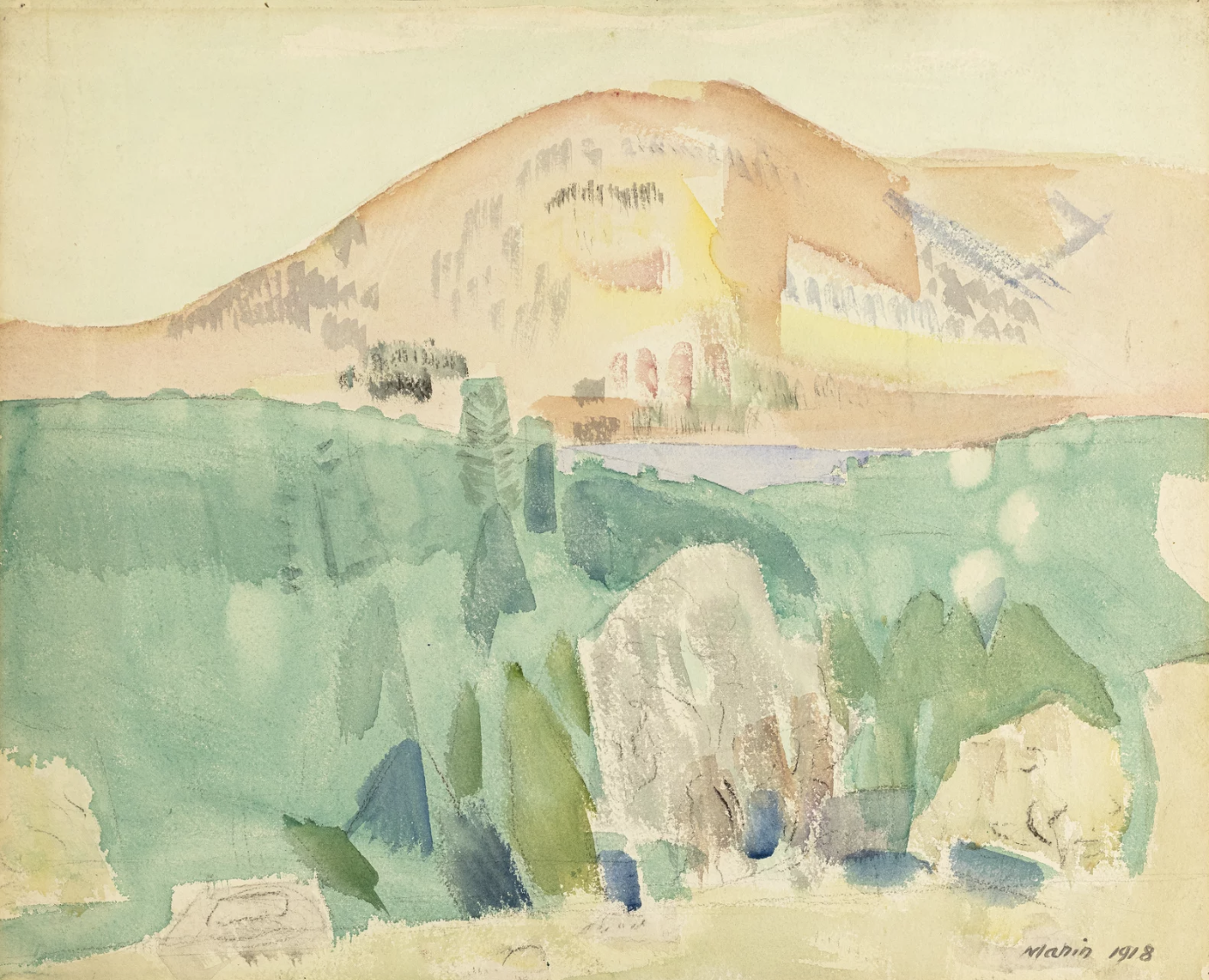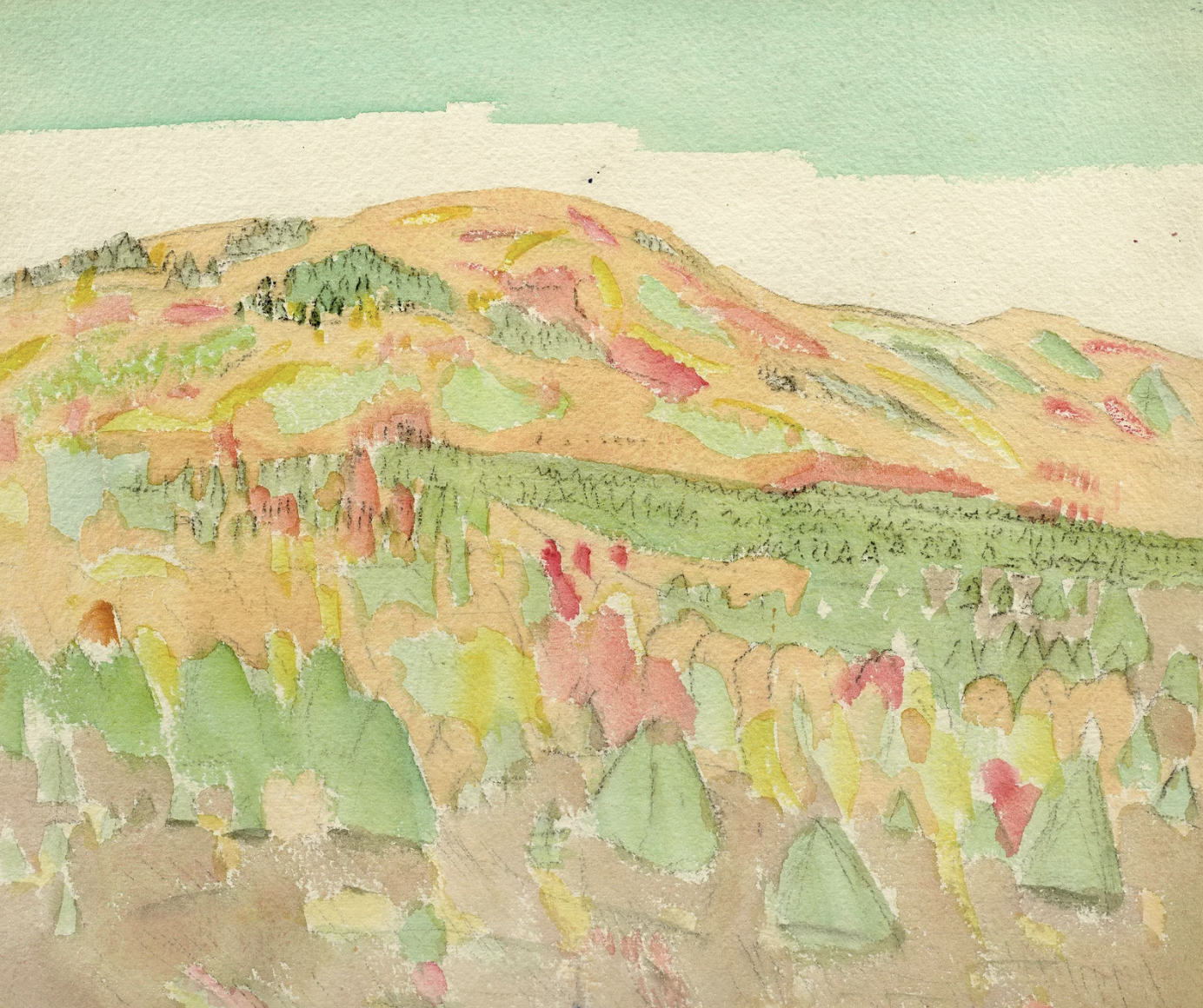
Currently reading: Creation and Fall by Dietrich Bonhoeffer 📚

Currently reading: Creation and Fall by Dietrich Bonhoeffer 📚

Currently reading: A Century of Poetry by Rowan Williams 📚

Joshua Heavin, concluding an article on the scandal of hypocritical church leaders and the need for participation in the cruciform virtues of Christ (and in which he encourages private confession as one modest path toward that goal):
Many of us aspire to do something grand for the kingdom of God in our lifetime—something of lasting significance that will outlast us. Especially if we are conscious of how individualistic contemporary society is, and we aspire to work on some collective or systemic project of change that transcends individualism, then we can easily conclude that devoting time, energy, and attention to personal piety is not only a low priority, but perhaps even a distraction or obstacle. Often, what little attention we give to the cultivation of our interior life is functionally more determined by the language and categories of therapeutic self-care or secular self-help coaches — some of which can be helpful, but none of which is apprenticeship for participation in Christ’s virtues. Yet, in our pride and profound capacity for self-deception, we can easily forget that simply living a holy life might be enough. If, indeed, we are part of an inescapable network of mutuality, then few things are more important than living a holy life, even if it comes with more of a cross than accolades and applause. What does the church, and the world, most need from us? Godliness.
Many churches do not share the gospel effectively because their communal experience of the gospel is too weak and tasteless to be worth sharing. It does not excite believers to the point that they want to witness, and (as the believers may uncomfortably suspect) it is not especially attractive to the unbeliever. But where Christian fellowship demonstrates the gospel, believers come alive and sinners get curious and want to know what the secret is.
Contrary to popular myth, normal church growth is not limited by lack of financial resources or physical facilities…. Heavy financial investment in buildings, property, and programs intended to facilitate growth often becomes a limiting factor. Emphasis is shifted to these things and the vision for ministering the gospel simply and directly to persons is dimmed or lost altogether.
Region Rowe, Massachusetts (1918) by John Marin:

Hoosic Mountains (1918) by John Marin:


